What is rock wool?
Rock wool is a member of mineral insulation family which is made from the natural ingredients Basalt rock and Chalk. However, Rockwool insulation refers to a type of insulation that is made from actual rocks and minerals. It also goes by the names of stone wool insulation, mineral wool insulation, or slag wool insulation. A wide range of products can be made from rockwool, due to its excellent ability to block sound and heat. Rockwool insulation is commonly used in building construction, industrial plants, and in automotive applications.
Mineral wool or rock wool are made from natural or synthetic minerals.To make rockwool insulation, minerals and other raw materials are heated to about 2910°F (about 1600°C) in a furnace, through which a current of air or steam is blown. More advanced production techniques are based on rotating the molten rock at high speeds in a spinning wheel, in some ways resembling the way that cotton candy is made. The finished product is a mass of very fine intertwined fibers, bound together with starch. Oil is also added during production to decrease the formation of dust.
Outstanding features of this insulation
• Heat resistance toward high temperatures (800°C)
• No expansion in high or low temperatures
• Very low specific gravity
• A very good soundproof
• Not poisonous and environment-friendly
Rock wool insulations has formed near %44 of in use insulations in different industry and constructions. Their application are in construction industry, Refinery and petrochemical industries, and other industries which deal with high temperatures. Furnaces, Ovens, Hot air ducts, Chemical gas pipelines, Flues, Oil Tanks, Boilers, and Cauldron of molten are the other diverse application of rock wool insulations. Rock wool’s Coefficient of thermal resistance is about as 8X as Non-reinforced concrete. Moreover, the costs
of rock wool is considerably more inexpensive than Insulating polymer or organic and they are supposed to be the most available insulations inside our country.
The physical properties of rockwool insulation
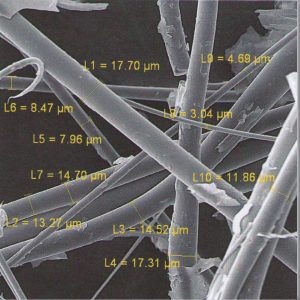
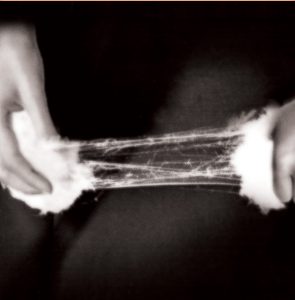
Properties of rockwool insulation
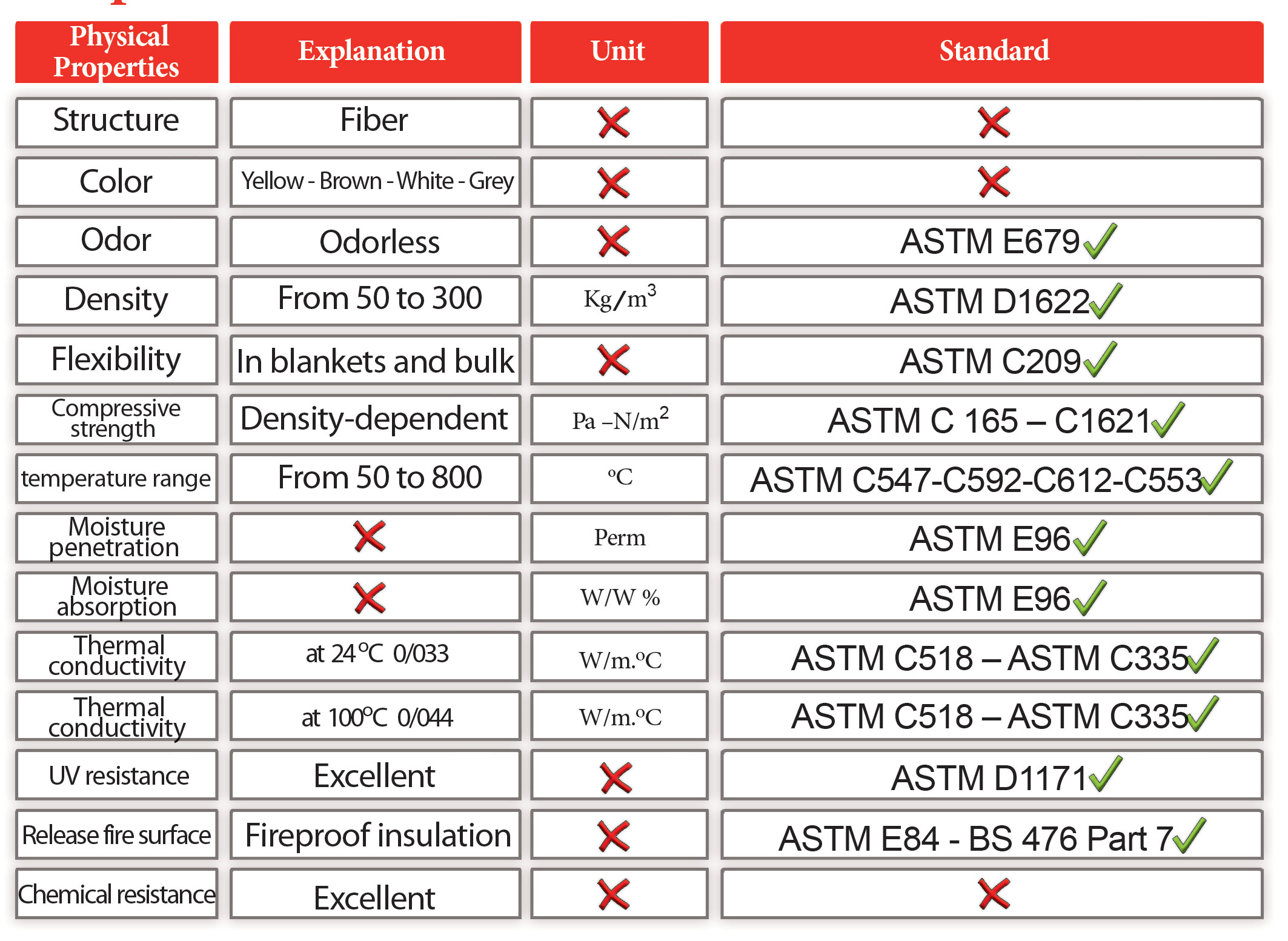
Rock wool-Technical data and specification
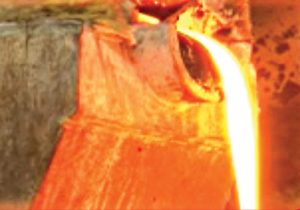 • The constitutive oxides of the material
• The constitutive oxides of the material
• Resistance to heat
• Heat conductivity coefficient
• Corrosion rates
• Sound absorption coefficient
The constitutive oxides of the material of rock wool (Chemical analysis)
The rock wool material is consisted of non-mineral fibers, and its chemical compound material are including Silica (SiO2), Alumina (Al2O3), Calcium oxide (CaO), Magnesium Oxide (MgO), Ferrioxide (FeO – Fe2O3), Titan (TiO2), Potassium oxide (K2O), Sodium oxide (Na2O) and a small impurity amount of Sulfur (S) and (Cl). Indeed, the principal constitutive of rock wool are Silica, Alumina, Calcium oxide and Magnesium Oxide, whereas its secondary compound are Ferrioxide, Titan, Potassium oxide, and Sodium oxide. the underneath table, which is related to the presence of oxides in rock wool, is calculated and organized after meticulous examination under the standard of ASTM E 1621- 05 by Razi metallurgy research center.
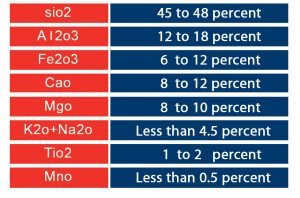
Resistance to temperature
The melting point of the compound with mentioned material can reach up to 1600oC. The experience has shown that the physical and chemical features of rock wool will be steady up until the temperature of 800oC. Notably, most of the producers in market, in order to simplify the process and increase the quantity of production, ignore this essentially important parameter. Their adding some specified material, among others, such as Magnesium Oxide results in the reduction of the material melting point and also consequently reduces their resistance to high temperature, and above all, decreases the quality and the performance of their production.


